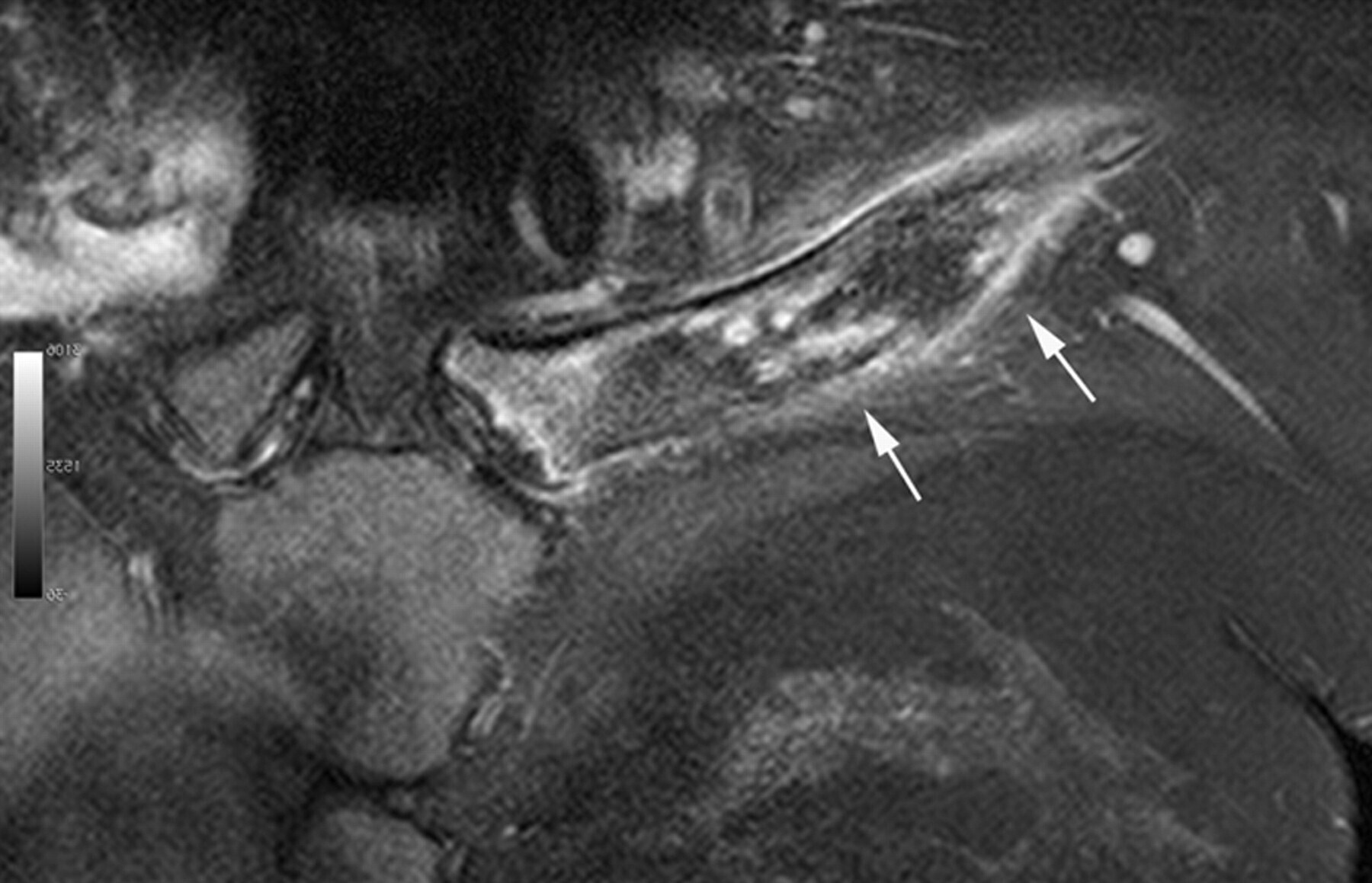
Perlman Syndrome is a rare genetic disorder that affects many parts of the body. Characterized by overgrowth before and after birth, it often leads to developmental delays and intellectual disabilities. Symptoms can include distinctive facial features, kidney problems, and an increased risk of certain cancers. Caused by mutations in the DIS3L2 gene, this syndrome is inherited in an autosomal recessive pattern. Early diagnosis and intervention are crucial for managing symptoms and improving quality of life. Understanding the complexities of Perlman Syndrome can help families and healthcare providers offer better care and support. Here are 30 facts to help you learn more about this condition.
Key Takeaways:
- Perlman Syndrome is a rare genetic disorder causing overgrowth and various health issues. It affects multiple body systems, leading to symptoms like large birth weight, kidney tumors, and developmental delays.
- Early diagnosis and management are crucial for Perlman Syndrome. Genetic testing, monitoring kidney function, and support networks can help manage symptoms and improve the quality of life for affected individuals.
What is Perlman Syndrome?
Perlman Syndrome is a rare genetic disorder characterized by overgrowth before and after birth, along with various other health issues. This condition affects multiple systems in the body, leading to a range of symptoms and complications.
-
Perlman Syndrome is also known as renal hamartomas, nephroblastomatosis, and fetal gigantism.
-
It was first described by Dr. David Perlman in 1973.
-
The syndrome is inherited in an autosomal recessive manner, meaning both parents must carry the gene for a child to be affected.
-
The exact prevalence of Perlman Syndrome is unknown, but it is considered extremely rare.
Symptoms and Characteristics
Understanding the symptoms can help in early diagnosis and management. Here are some key characteristics of Perlman Syndrome.
-
Infants with Perlman Syndrome often have a large birth weight and length.
-
Polyhydramnios, an excessive accumulation of amniotic fluid, is common during pregnancy.
-
Newborns may exhibit macrocephaly, which is an unusually large head.
-
Hypotonia, or reduced muscle tone, is frequently observed in affected infants.
-
Developmental delays are common, affecting both motor skills and cognitive abilities.
-
Many children with Perlman Syndrome have distinctive facial features, such as a prominent forehead, deep-set eyes, and a broad nasal bridge.
Health Complications
Perlman Syndrome can lead to various health complications that require medical attention.
-
Renal hamartomas, benign kidney tumors, are a hallmark of the syndrome.
-
There is an increased risk of developing Wilms' tumor, a type of kidney cancer, in early childhood.
-
Respiratory issues, including difficulty breathing and frequent infections, are common.
-
Gastrointestinal problems, such as feeding difficulties and reflux, often occur.
-
Some children may experience seizures due to neurological abnormalities.
Diagnosis and Genetic Testing
Early diagnosis is crucial for managing Perlman Syndrome effectively. Genetic testing plays a significant role in confirming the condition.
-
Prenatal ultrasound can sometimes detect signs of Perlman Syndrome, such as polyhydramnios and fetal overgrowth.
-
Genetic testing can identify mutations in the DIS3L2 gene, which is associated with Perlman Syndrome.
-
A detailed family history can help in assessing the risk of the syndrome in future pregnancies.
-
Postnatal diagnosis involves a thorough physical examination and imaging studies to identify characteristic features and complications.
-
Early intervention programs can help manage developmental delays and improve quality of life.
Treatment and Management
While there is no cure for Perlman Syndrome, various treatments can help manage symptoms and complications.
-
Regular monitoring of kidney function is essential to detect and treat renal issues early.
-
Surgical removal of renal hamartomas or Wilms' tumor may be necessary in some cases.
-
Physical therapy can help improve muscle tone and motor skills.
-
Speech therapy is often beneficial for children with developmental delays affecting communication.
-
Nutritional support, including feeding tubes, may be required for infants with severe feeding difficulties.
Support and Resources
Families affected by Perlman Syndrome can benefit from various support networks and resources.
-
Genetic counseling can provide valuable information and support for families planning future pregnancies.
-
Support groups and online communities offer a platform for sharing experiences and advice.
-
Specialized clinics and healthcare providers can offer comprehensive care tailored to the needs of children with Perlman Syndrome.
-
Educational resources can help families understand the condition and advocate for their child's needs.
-
Research into Perlman Syndrome is ongoing, with the hope of developing better treatments and improving outcomes for affected individuals.
Final Thoughts on Perlman Syndrome
Perlman Syndrome, a rare genetic disorder, presents unique challenges for affected families. Understanding its symptoms, such as overgrowth, developmental delays, and kidney abnormalities, is crucial for early diagnosis and management. Genetic testing plays a vital role in identifying this condition, allowing for tailored care plans. While there's no cure, supportive therapies can improve quality of life. Raising awareness about Perlman Syndrome helps foster a supportive community and encourages further research. Families facing this diagnosis should seek guidance from genetic counselors and connect with support groups. Knowledge empowers, and staying informed about advancements in treatment options can make a significant difference. Remember, every bit of information shared contributes to a broader understanding and better support for those affected by Perlman Syndrome.
Frequently Asked Questions
Was this page helpful?
Our commitment to delivering trustworthy and engaging content is at the heart of what we do. Each fact on our site is contributed by real users like you, bringing a wealth of diverse insights and information. To ensure the highest standards of accuracy and reliability, our dedicated editors meticulously review each submission. This process guarantees that the facts we share are not only fascinating but also credible. Trust in our commitment to quality and authenticity as you explore and learn with us.


